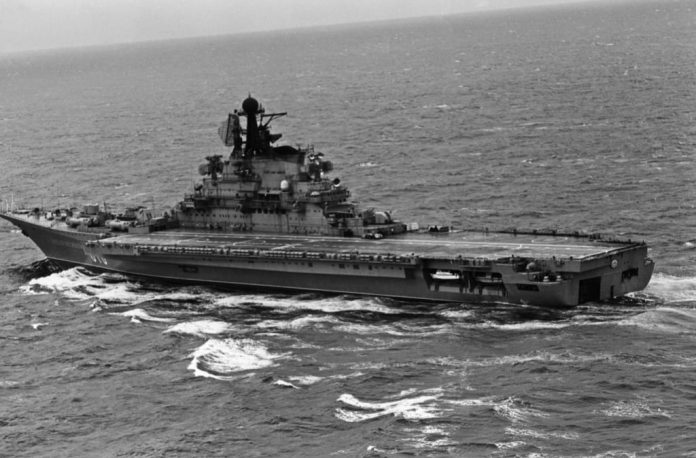
Russia’s naval history is marked by a notable absence—the Ulyanovsk, an 85,000-ton nuclear-powered supercarrier that never came to fruition.
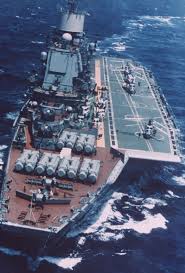
The collapse of the Soviet Union and subsequent economic challenges dashed the hopes of completing this massive vessel, leaving Russia with only its current and troubled carrier, the Admiral Kuznetsov.

Amidst the United States Navy’s advancements with the Gerald R. Ford-class carriers, Russia’s naval aviation capabilities appear stagnant, a far cry from the aspirations of the late Soviet era.
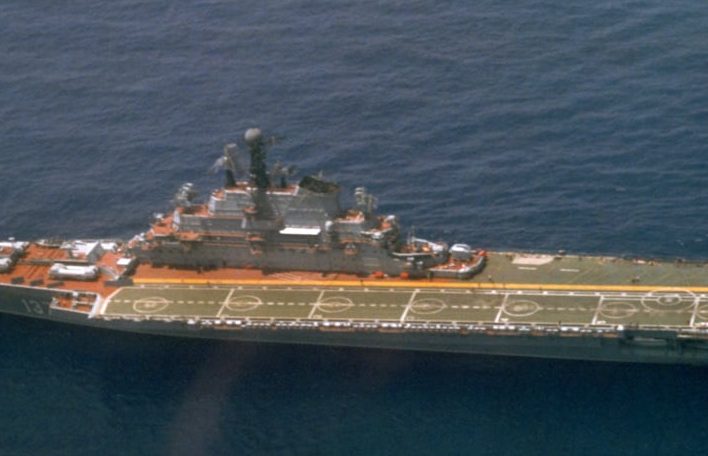
The Ulyanovsk, named after Lenin’s birthplace, would have been a mammoth at over 1,000 feet long with an impressive capability to carry an air group of up to 70 fixed and rotary-wing aircraft.
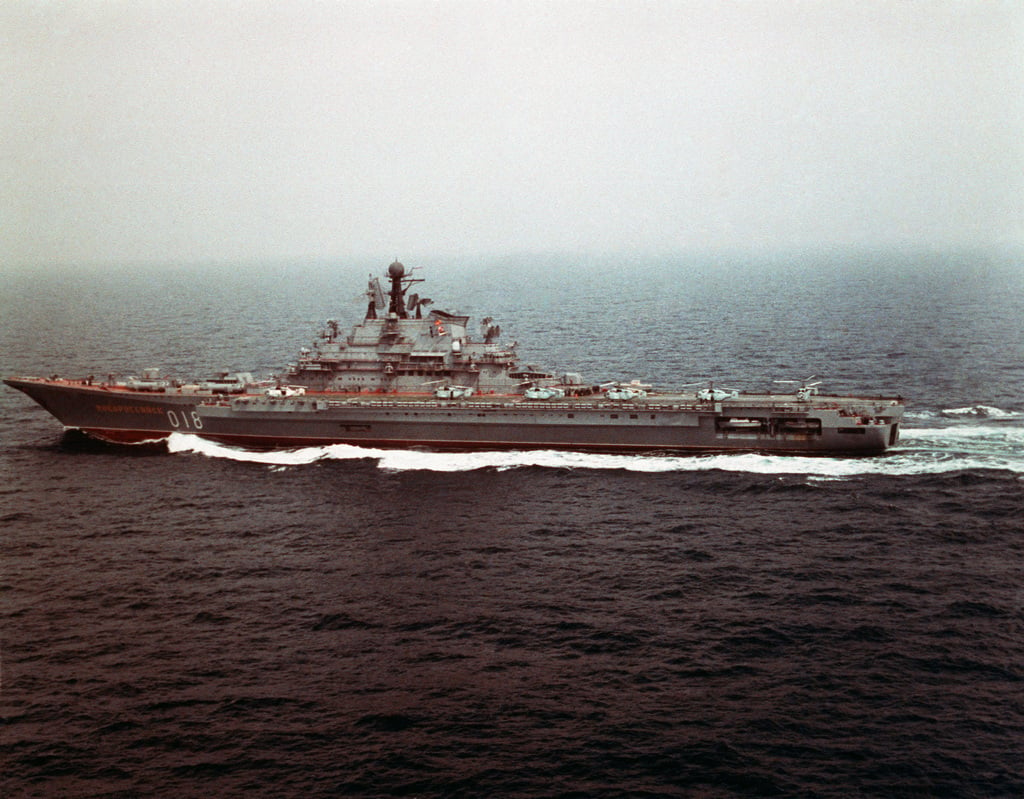
Her nuclear reactors—four KN-3 units also powering the Kirov-class battlecruisers—would have allowed her to steam at high speeds.
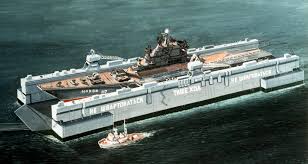
The design boasted an arsenal including Su-33 and MiG-29 jets, steam catapults, ski-jump, and arresting cables, which would have created a formidable and bustling flight deck.

However, as the Soviet Union waned, so did the financial viability of such a project.
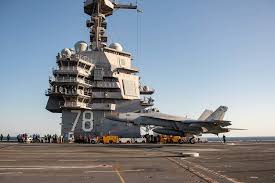
Construction of the Ulyanovsk began in 1988, during the final years of the USSR, with the keel being laid at the Black Sea Shipyard in Ukraine—the same historical yard from which the battleship Potemkin was launched.
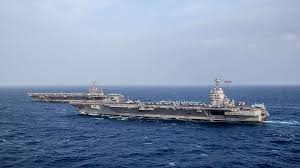
Had the USSR not collapsed, Ulyanovsk might have been operational by the mid-1990s, serving as an imposing symbol of Soviet naval power.
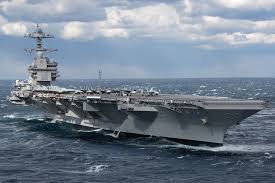
Instead, the unfinished behemoth met its fate in the scrapyard in 1992, marking the end of an era of Soviet naval ambition.
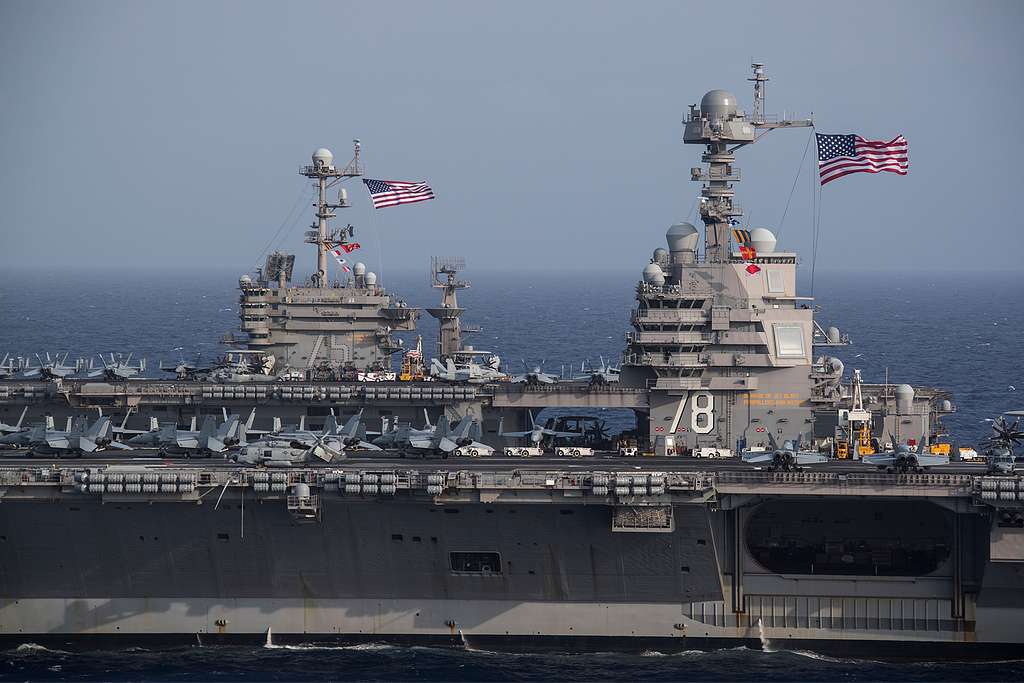
In the aftermath of the Soviet Union’s dissolution, Russia’s military focus shifted. Today, the Russian Navy’s priorities seem to have diverted from aircraft carriers as Russia continues to modernize its forces under President Vladimir Putin.

While naval chiefs, such as Admiral Viktor Chirkov, have made declarations hinting at new carrier plans, specifics regarding size, capabilities, and timelines remain elusive.
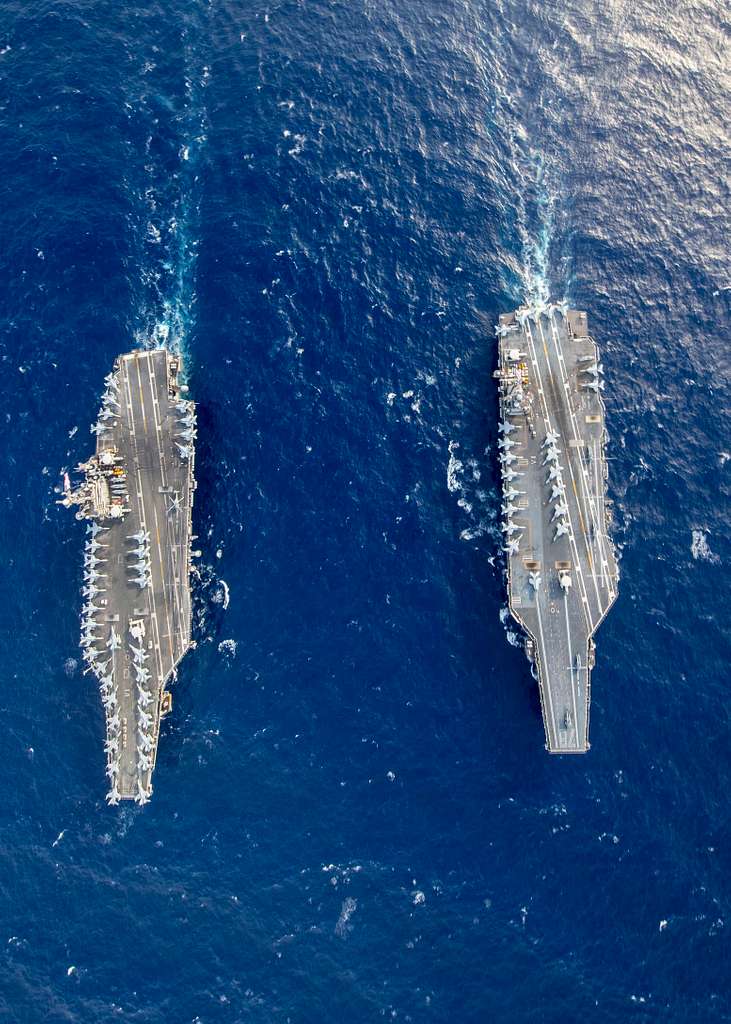
Given the recent setbacks in Russian military operations, particularly in Ukraine, skepticism abounds regarding the realization of a new supercarrier.
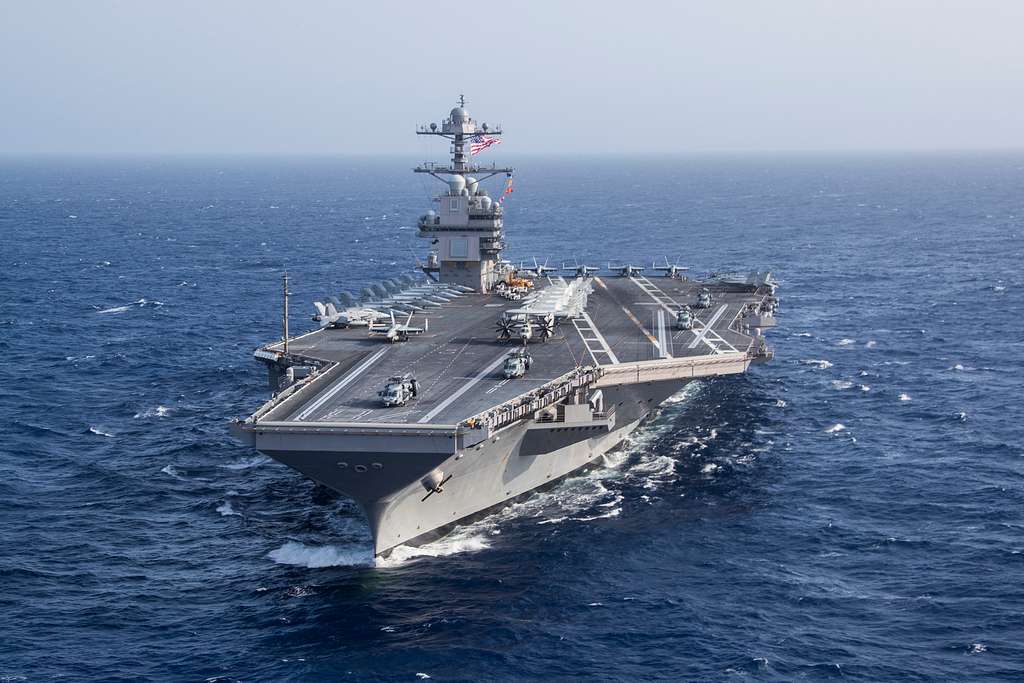
The contrast between Russian and American carrier developments is stark. As Russia clings to the aging and problematic Kuznetsov—its sole aircraft carrier—plagued by mechanical failures and mishaps, the U.S. Navy looks to the future with its advanced supercarriers.

The Kuznetsov, though theoretically capable of impressive feats with its anti-submarine warfare systems and fighters like the Su-33 and MiG-29, has been dry-docked for repairs more often than not, limping through its service rather than leading it.
Relevant articles:
– Russia Wanted an 85,000 Ton Monster Aircraft Carrier (It Was Never Built), The National Interest
– Why Russia Never Built a Feet of Aircraft Carriers Like the U.S. Navy, nationalinterest.org
– Ulyanovsk: Russia’s 85,000 Ton Monster Aircraft Carrier That Never Was, The National Interest
– Modeling the Ship that Was Never Built, U.S. Naval Institute
